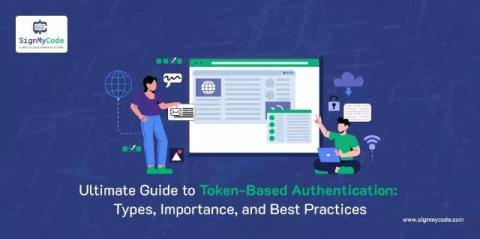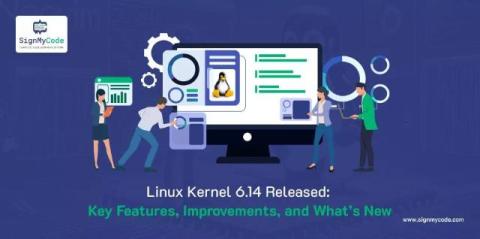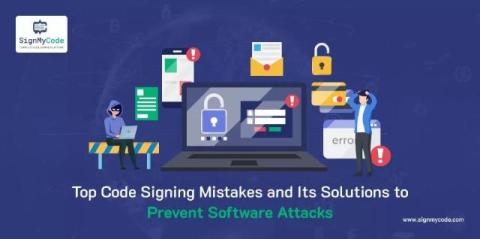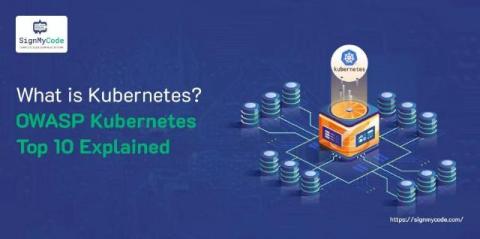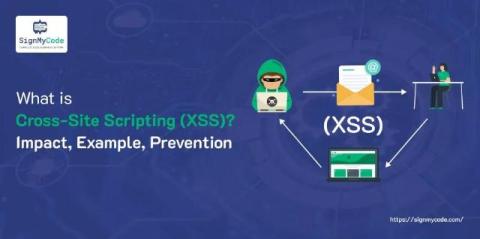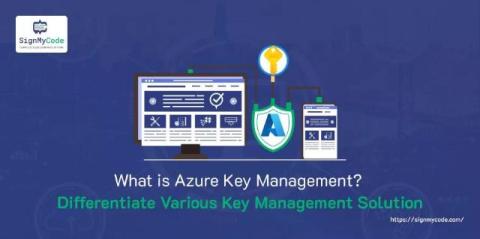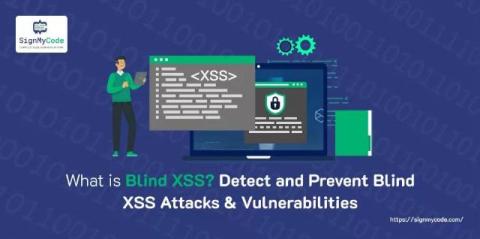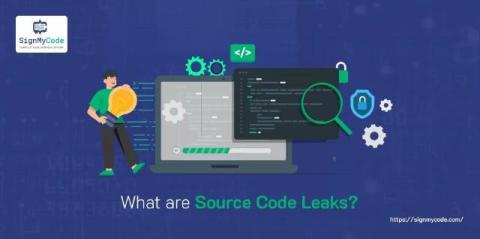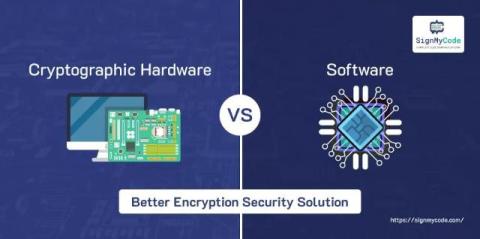Token-Based Authentication: Types, Importance, and Best Practices
As technologies continue to advance, it is crucial to have secure and stable mechanisms for authentication to protect essential data from malicious access. Token-based authentication is a technique that has proven effective in curbing security threats, chiefly because it is easy and secure. Here, we present a great-length tutorial before discussing token-based authentication, which comprises its types, how it works, why it is crucial, its advantages, techniques, and applications.


